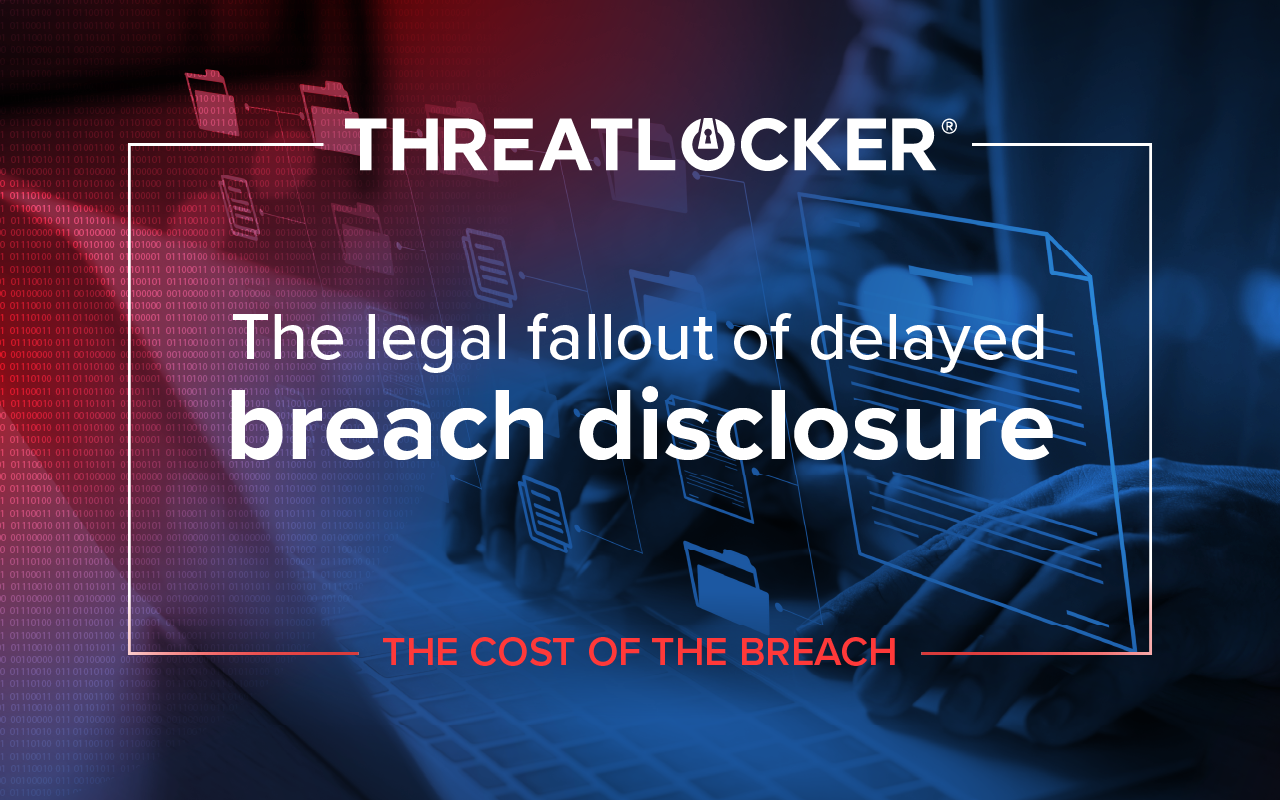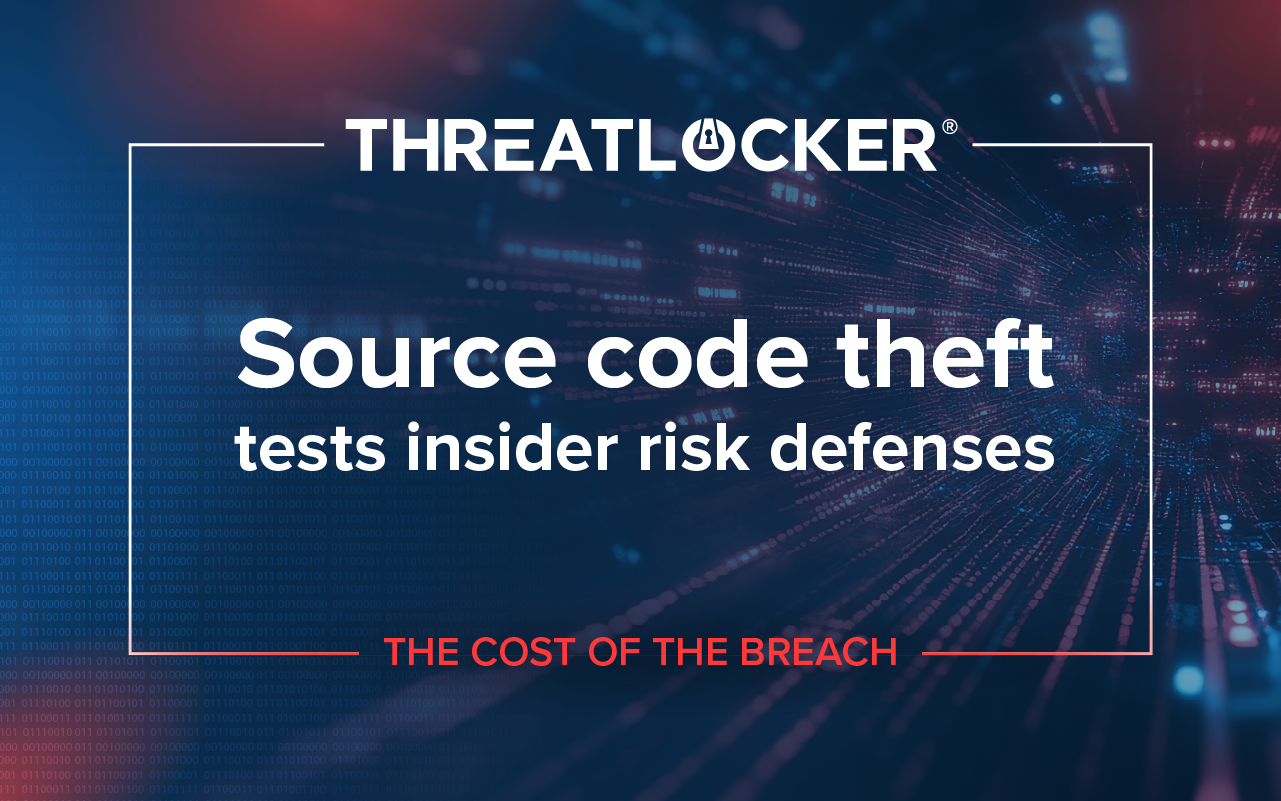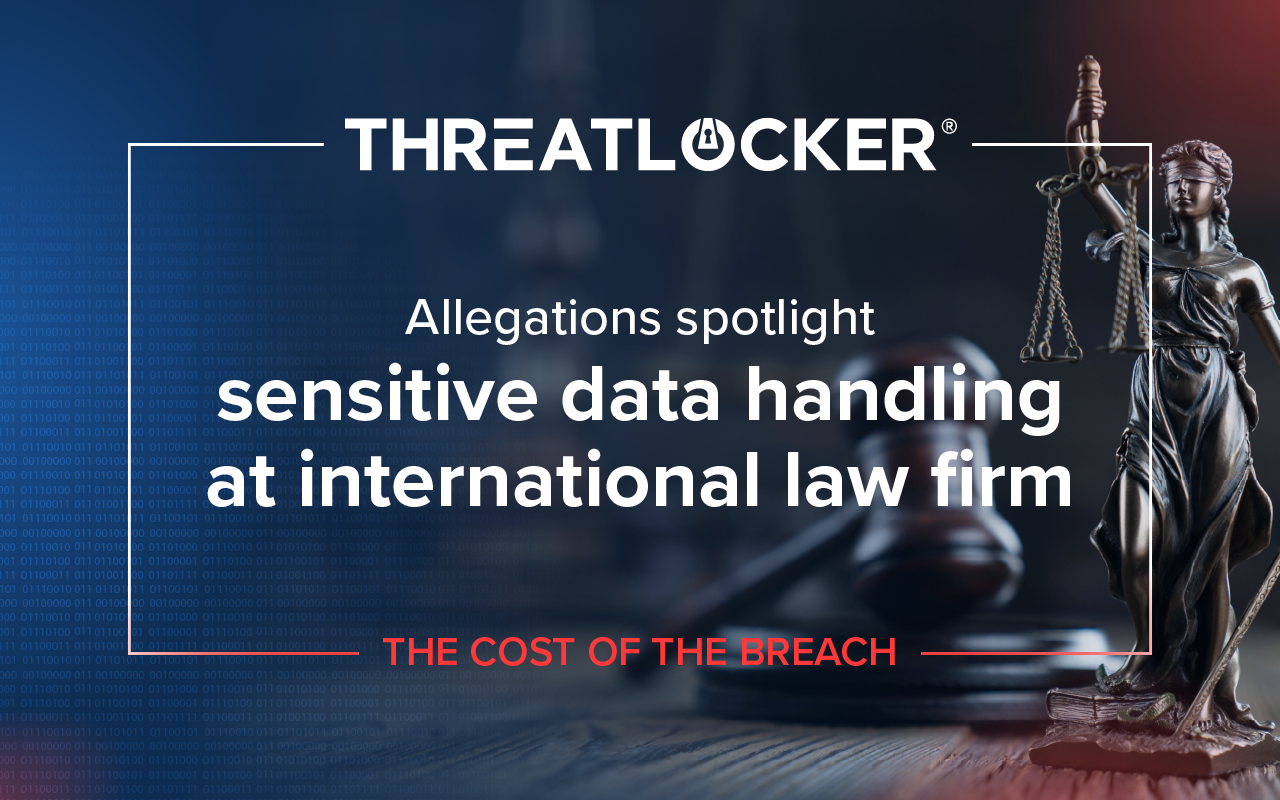Table of contents
In late September 2025, fragments of data bearing the logo of Sapp Bros. apparently appeared on a dark web leak site run by a ransomware group calling itself WorldLeaks. Within hours, threat hunters, says a recent legal filing, were posting screenshots of employee files, HR spreadsheets, and what looked like payroll and benefits records.
It was the sort of exposure that normally prompts a swift press release and public damage control. Sapp Bros. reportedly said nothing. No announcement, no breach notice.
By October, the stolen data had been circulating for weeks. On Halloween, Nebraska resident Ken Andersen filed a class action lawsuit, Andersen v. Sapp Bros. Inc., claiming that the company’s silence left employees vulnerable. The filing suggested that criminals set the timeline for disclosure, which puts any organization in a difficult position while the facts are still being verified.
Dark web disclosure and ransomware timing
According to the complaint, the attack occurred on September 23, 2025, and affected personal data for employees across Sapp Bros.’ network of travel centers and fuel distribution sites. Plaintiffs say the company’s silence allowed names, addresses, and Social Security numbers to circulate on the dark web.
The suit cites third-party blog posts that attributed the leak to Sapp Bros.’ systems. That sequence creates reputational damage before the company can confirm scope, notify law enforcement, or complete forensics. For a defendant, moving too fast can compromise investigations or produce inaccurate notices. The legal question is whether notification laws start their countdown upon public rumors or wait for confirmed findings.
Cybersecurity compliance and breach disclosure standards
The filing leans on FTC guidance and the NIST Cybersecurity Framework to define reasonable security and timely notification. Those sources are influential, but they are guidelines, not binding law. Reasonableness depends on context, including business size, risk profile, and the nature of the incident.
Courts often resist converting voluntary frameworks into mandatory standards. It is likely the defense will stress that Sapp Bros. must meet statutory duties, not a one-size-fits-all checklist written for different classes of operators.
Section 5 FTC Act claims in a data breach lawsuit
The plaintiffs assert negligence, negligence per se, breach of implied contract, and unjust enrichment, and they invoke Section 5 of the FTC Act. That approach is common in privacy suits because it reframes cybercrime as an unfair practice. Federal judges have been mixed on this theory. Many ask whether there was deception or a trade practice, not simply a criminal attack against a private network.
The complaint’s strength is its regulatory vocabulary. The defense’s answer will likely narrow the case to the actual statutes that apply and the evidence of what Sapp Bros. did before, during, and after the breach event.
The plaintiff’s counsel and class action strategy
The plaintiffs are represented by Jeff Ostrow, managing partner of Kopelowitz Ostrow P.A., a Florida-based firm that files large data privacy and consumer protection class actions nationwide. Ostrow has built a reputation as a skilled organizer of multi-state and multidistrict litigation, with courts frequently appointing him to leadership roles. His firm often coordinates with co-counsel specializing in privacy, consumer protection, and health data.
For defendants, that history matters. Kopelowitz Ostrow is known for bringing tightly written complaints that mirror federal regulatory language, citing FTC and NIST frameworks to translate technical security events into legal obligations. This pattern makes early dismissal less likely and increases pressure to settle. Defense counsel who have encountered Ostrow’s firm describe a disciplined, template-driven approach that blends regulatory rhetoric with emotional harm narratives to broaden damages claims.
In short, this is not a one-off complaint. It is part of a broader litigation strategy that treats cybersecurity events as consumer rights violations. Defendants facing this firm need to anticipate heavy discovery requests, public framing through national outlets, and sophisticated motion practice designed to survive Rule 12 challenges.
Employee data breach claims and implied contract
This suit centers on employee data rather than consumer data. Plaintiffs argue that an implied contract exists because workers must provide sensitive information as a condition of employment. Defendants often counter that employment and privacy obligations are governed by existing statutes and policies, not an implied contract theory layered on top.
If the court limits the implied contract claim, it will signal that not every employment-related data incident creates a separate private contract remedy. If it allows the claim, companies may face expanded obligations for encryption, retention, and deletion tied to HR systems.
Breach notification timing and confirmation thresholds
The most contested issue is timing. Plaintiffs frame silence as a separate wrong. Most state laws start the clock when an organization confirms unauthorized acquisition of specific data elements, not when a third party uses a forum post to proclaim a breach has happened.
Forensics, containment, and coordination with law enforcement take time. Notifying before confirmation risks errors that confuse recipients and damage credibility. The defense will argue that the statute controls the timeline, and that confirmation thresholds, not dark web chatter, govern legal duty.
Critical infrastructure cybersecurity and operational risk
Sapp Bros. operates in fuel, transportation, and logistics, which are part of U.S. critical infrastructure. That label heightens expectations, but it does not convert guidance into strict liability. Agencies like CISA encourage critical infrastructure organizations to share information and adopt resilience programs.
The plaintiff narrative treats the event as an industrial hazard that can be prevented through preparation. The defense can point out that sophisticated threat actors target even well-prepared businesses, and that resilience is measured by preparation, detection, containment, and recovery, not by the absence of attacks.
Data value, identity theft risk, and proof of harm
The complaint describes dark web markets and the value of complete stolen identity kits. Courts, however, often require proof of actual data misuse or concrete evidence of loss, not just increased risk. Defendants that show prompt remediation, credit monitoring, and hardening measures frequently reduce exposure.
Sapp Bros. can credibly argue it was a victim of a crime, and liability should be tied to statutory duties and evidence of causation, not to generalized market narratives about data value.
Reputation management after a ransomware incident
Reputation often takes the biggest hit from breach events. Silence reads poorly, yet premature statements can be inaccurate. The best defense posture shows disciplined incident response, cooperation with authorities, and a move to stronger controls. That record supports a reasonableness standard that many courts accept.
For a family-owned brand, community trust matters. Precision and accuracy can be framed as responsibility, not avoidance.
What this data breach case could clarify for defendants
- Trigger for notice. Courts may clarify whether legal duty starts at confirmation, not at unverified public posts.
- Role of guidance. Judges may reassert that NIST and FTC materials inform, but do not themselves create liability.
- Injury standards. The line between risk and actual harm could be sharpened.
- Victim versus negligent actor. Being attacked by criminals is not the same as breaching a legal duty. The record of preparation and response will matter.
Hardening checklist for all CISOs and compliance officers
Breach litigation repeatedly points to the same operational weak spots. Each case, including Andersen v. Sapp Bros., reinforces that diligence is measurable. The following checklist reflects what regulators, plaintiffs, and courts expect to see documented when they assess corporate security posture.
- Confirm before you disclose. Establish a clear breach-confirmation protocol that defines who validates findings, when, and with what evidence. The timeline matters as much as the facts.
- Encrypt data everywhere. Encryption for both stored and transmitted employee and customer information is now the baseline expectation. Demonstrate adherence to current security standards with verifiable encryption key management processes and tools.
- Audit access controls. Apply least-privilege permissions for HR, payroll, and operations data. Reassess access quarterly and revoke unused credentials.
- Test detection and alerting. Monitor outbound traffic, file exfiltration attempts, and behavioral anomalies. Document tests and alert tuning.
- Vet third-party providers. Require written assurances and SOC 2-level reporting for vendors and other service providers handling sensitive data. Document each party’s responsibility for notification and remediation.
- Unify legal and technical response plans. Build a cross-functional incident-response playbook that coordinates legal, communications, and IT functions from the first hour of detection.
- Rehearse breach simulations. Run quarterly tabletop exercises with real timelines, including mock ransomware disclosures and law enforcement coordination.
- Preserve evidence of diligence. Courts care about records. Keep written proof of assessments, penetration tests, and control updates.
Hardening checklist for ThreatLocker customers
Organizations using ThreatLocker already operate with a foundation that simplifies compliance and defense. The same principles above apply, but several steps can be automated or enhanced through ThreatLocker controls.
- Apply Ringfencing™ and least privilege by design. Restrict application behavior so critical systems cannot access files or network resources they do not need.
- Leverage Allowlisting to block unknown executables. Prevent unapproved or unrecognized software from launching in the first place, closing one of the most common ransomware entry points.
- Segment data-handling environments. Use policy groups to logically separate HR, finance, and operational systems, reducing lateral movement in a breach scenario.
- Enforce device control policies. Disable or restrict removable media to stop data exfiltration through USB or external storage.
- Use audit logs for legal defensibility. ThreatLocker’s activity logs provide immutable proof of system behavior and policy enforcement, which strengthens a defense posture in litigation.
- Test isolation and recovery procedures. Use isolation capabilities to contain suspicious behavior on individual computers and restore operations quickly.
- Align policy documentation with compliance frameworks. Map ThreatLocker controls to NIST, CSF, and FTC guidelines to demonstrate measurable alignment with best practices.
- Regularly review policy reports. Export and archive enforcement reports quarterly to maintain a defensible record of active management and continuous improvement.
Frequently Asked Questions
What caused the Sapp Bros. data breach? The breach was allegedly carried out by the WorldLeaks ransomware group, which posted internal Sapp Bros. employee and payroll data to a leak site in September 2025.
Why is the breach disclosure timing an issue? Plaintiffs argue that Sapp Bros. waited too long to notify employees, allowing personal information to circulate online. The company says it needed time to confirm details before announcing.
What laws govern breach notification timing? State breach notification laws typically start the clock when a company confirms unauthorized acquisition of personal data, not when rumors appear online.
What can CISOs learn from this case? CISOs should ensure a documented breach-confirmation protocol, encrypt all sensitive data, and coordinate legal and technical teams to meet statutory timelines.
How does ThreatLocker help organizations reduce breach risk? The ThreatLocker Zero Trust platform enforces application allowlisting, network control, and data segmentation, stopping unauthorized executables and preventing lateral movement during ransomware attacks.





